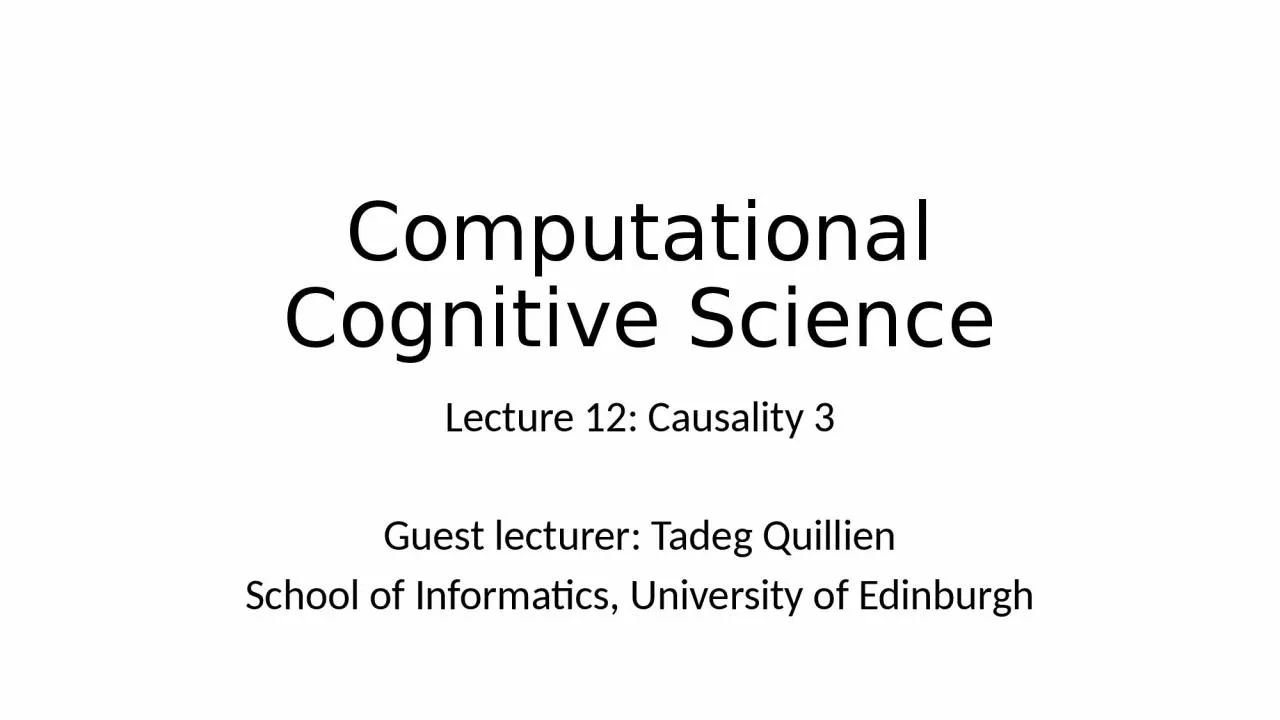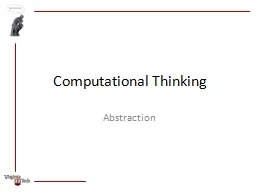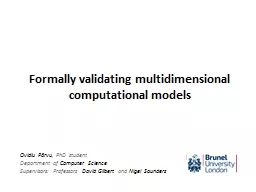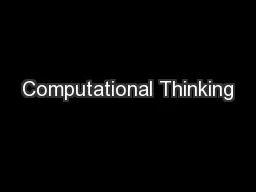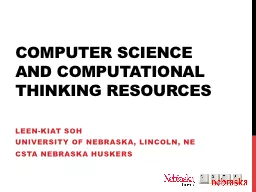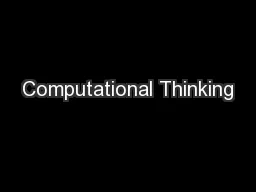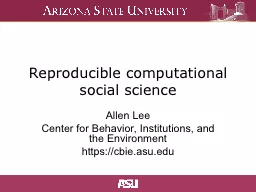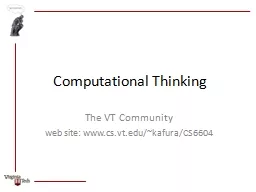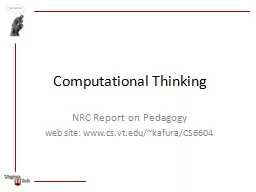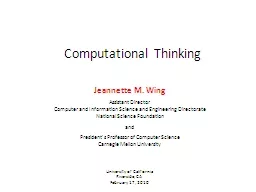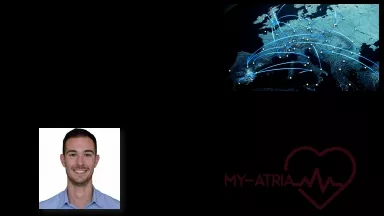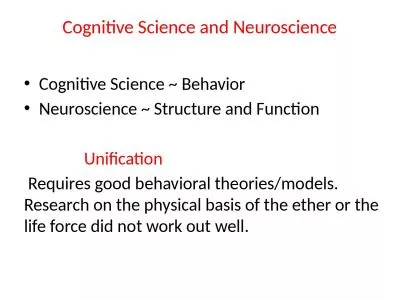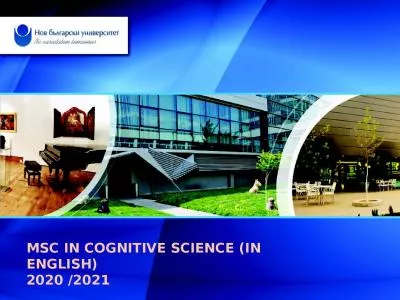PPT-Computational Cognitive Science
Author : ani | Published Date : 2022-06-15
Lecture 12 Causality 3 Guest lecturer Tadeg Quillien School of Informatics University of Edinburgh Last week causal inference Oxygen Wood Spark Fire How can we
Presentation Embed Code
Download Presentation
Download Presentation The PPT/PDF document "Computational Cognitive Science" is the property of its rightful owner. Permission is granted to download and print the materials on this website for personal, non-commercial use only, and to display it on your personal computer provided you do not modify the materials and that you retain all copyright notices contained in the materials. By downloading content from our website, you accept the terms of this agreement.
Computational Cognitive Science: Transcript
Download Rules Of Document
"Computational Cognitive Science"The content belongs to its owner. You may download and print it for personal use, without modification, and keep all copyright notices. By downloading, you agree to these terms.
Related Documents

